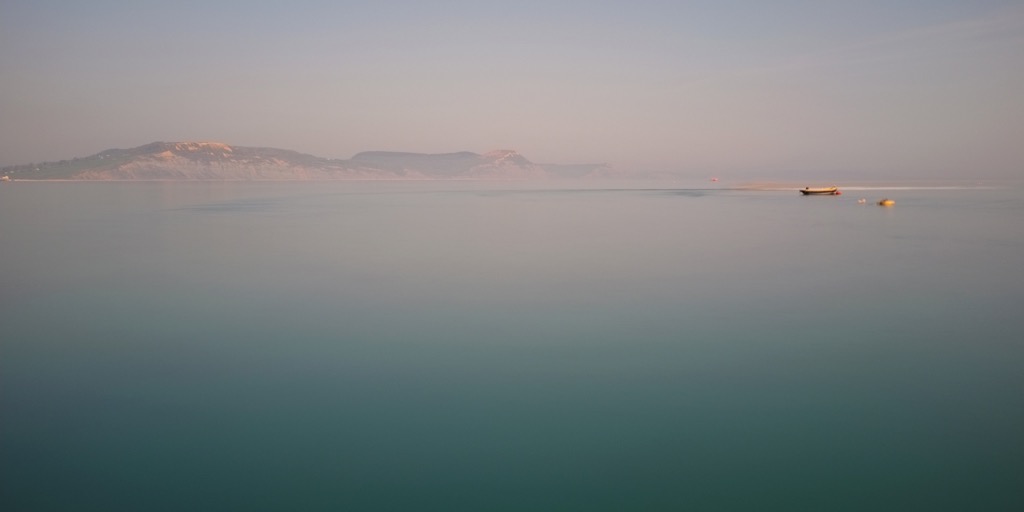John
According to Lefty I'm the resident expert, not sure I am but here goes (I have run several long exposure workshops for a local camera store, so I seen all sorts if cameras and filters)
Firstly don't bother with the variable filters, in my experience they are really nasty, and definitely not worth the money.
I agree with Lefty that a 10 stop is a good place to start, as most live views will allow you to focus through it, and in reasonable light at around F8-F11 you will get exposure times in the 5 sec to 30 sec bracket depending on the amount of light. The pictures I posted of West Kirby marina last week were using 13 and 16 stoppers, live view struggles to focus through 16 stops so you have to resort to manual focus. Each stop doubles the exposure time, and the 16 stopper was exposed for about 320 secs. There are plenty of long exposure calculators available for smart phones which can help.
But anyway with a 10 stopper a lot if the time the camera will work it out for you. Most cameras cope up to 30 seconds before you need Bulb mode, though some Panasonics will go up to 60 seconds
A 10 stop filter will not be exactly 10 stops, but a useful pointer is to take a non filtered shot and note the histogram, then you can check with your LE shot whether it under or over exposes. The original image is useful to try and get the colours right of your LE image in post production, many filters have a colour cast.
Now filters, in essence you get what you pay for (no colour cast is what you are aiming for along with no degradation in IQ), I have tried loads and seen many more, these would be my recommendations:-
For a cheap starter Xsource screw in from Amazon, will cost about £10
Next level up Hoya Pro ND, £30-£50 ish depending on screw in size, very little colour cast
Top End, Hitech Firecrest but you are looking at £70 plus, no real colour cast, available as screw in and slide (slot) systems.
I'm sure I can provide a load more information, just ask away, at be at my desk most of tomorrow so it easier to reply with links/pictures etc rather than tapping away on an iPad




